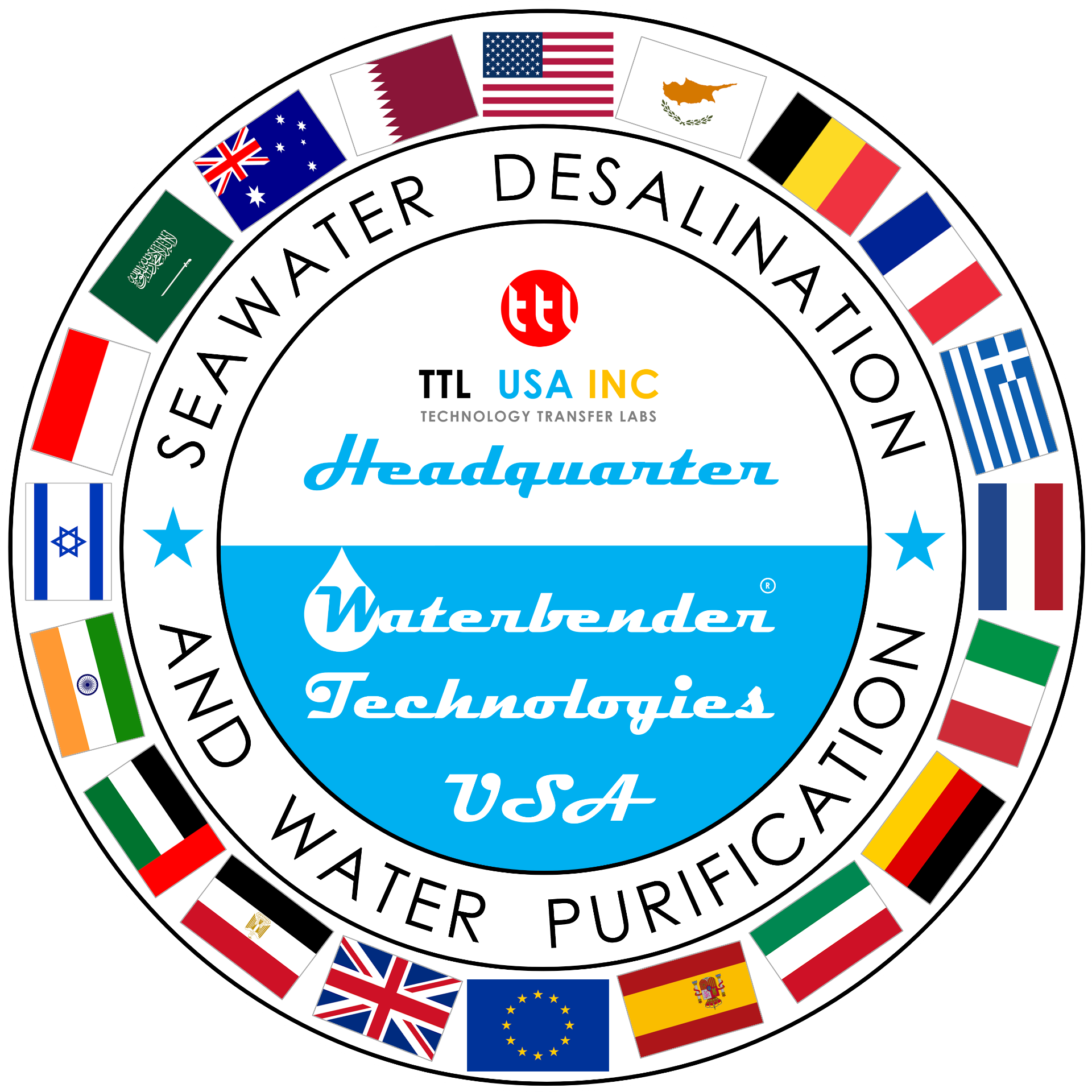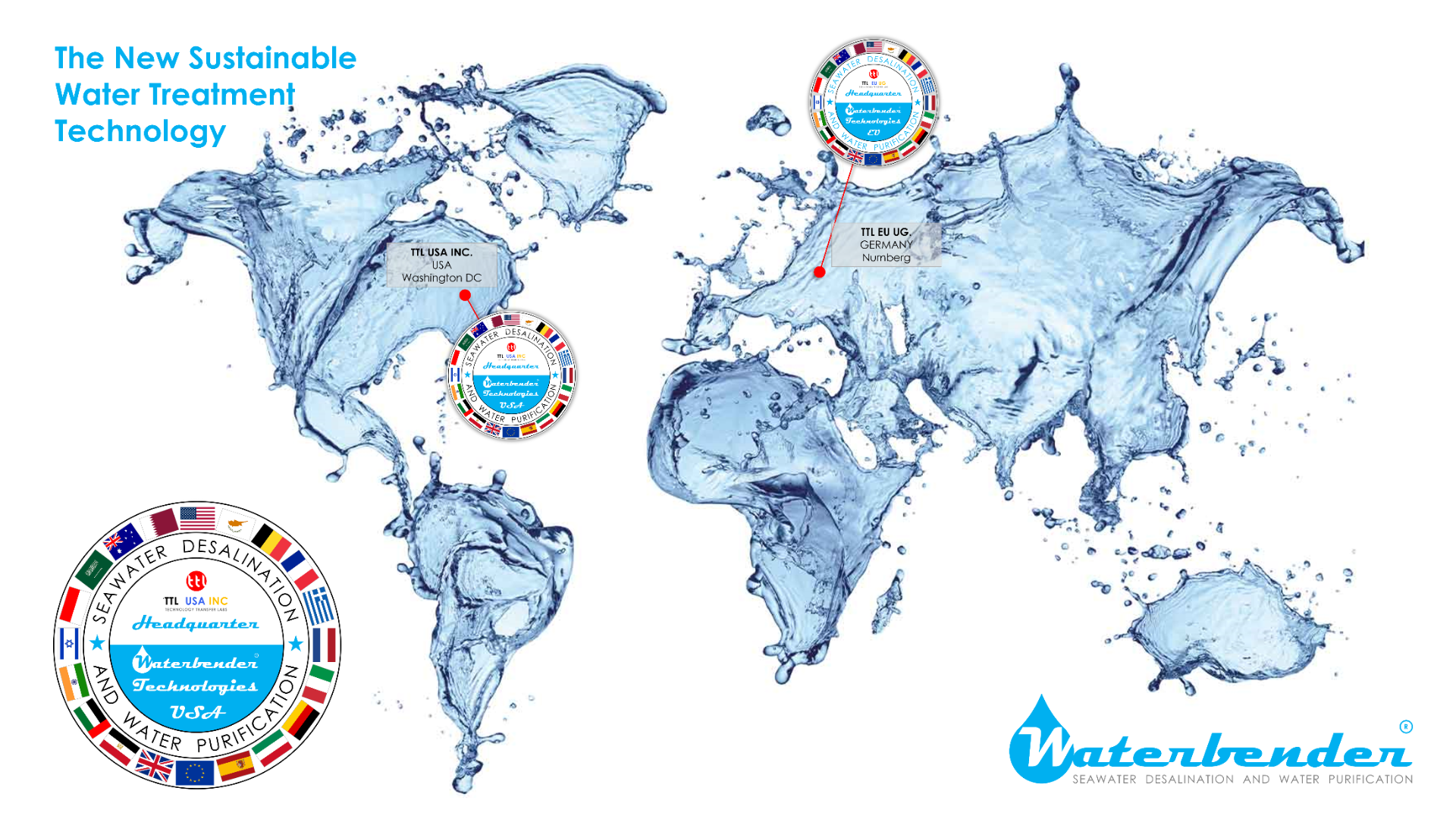
Long-Distance
Transport of Liquids Using Pulling Ejector Technology

Long-Distance Transport of Liquids Using Pulling Ejector Technology
Waterbender – Pullig Ejector Technology is an innovative system designed to efficiently transport liquid products, including water, oil, and petroleum, over both short and long distances while using minimal electricity. This technology is notable for its ease of manufacturing and reliable operation. It contains no expensive components, requires no consumables, and emits no atmospheric pollutants, making it completely environmentally friendly. Additionally, it has competitive dimensions compared to similar technologies.
The Waterbender – Pullig Ejector Technology is available in various power capacities. For instance, an ejector can move thousands of tons of water over distances of 500 to 1,000 km, consuming the equivalent of only 100 to 500 watts of electricity per ton.
Traditional
pumping stations typically utilize powerful pumps to transport large volumes of
water over long distances. These pumps consume a significant amount of
electricity, ranging from tens of kilowatts to several megawatts per hour,
depending on factors, such as pipeline length, diameter, material, the type of
product, and lift height. These generators are not only powerful and expensive
but also energy-intensive and require constant maintenance. Furthermore, they
generate excessive pressures of 17 to 25 bar. Consequently, the capital
expenditures (CAPEX) and operating expenses (OPEX) associated with traditional
pumping stations are often tens, hundreds, or even thousands of times higher
than those of Waterbender – Pullig Ejector Technology.
The unique feature of this technology lies in its power drive parameters, which enable the movement of liquid over long distances without generating high excess pressure. Waterbender – Pullig Ejector Technology does not rely on the specific characteristics or length of the water supply system.
When transporting water over long distances, only the terrain
configuration needs to be considered, requiring intermediate traction ejectors
every 10 to 12 meters of elevation. However, the energy consumption of these
ejectors is minimal, making the transportation system both cost-effective and
reliable. Utilizing alternative energy sources can significantly lower the unit
cost of pumping one ton of water, potentially bringing it close to zero. This
revolutionary solution enables the transportation of desalinated water from
coastal areas to inland regions hundreds or even thousands of kilometers away
at extremely low costs.
If you are interested in the technology or have any questions, please contact us!


